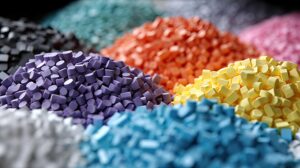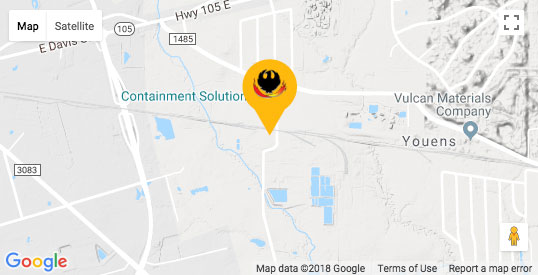Plastic is a combustible material with a high tendency to ignite and burn. Industries that use plastic for various operations rely on flame retardants to prevent fires and to slow down its spread. Below, Phoenix Plastics provides information on using retardant additives to protect plastics from easily burning under the right conditions. These practices also ensure safer operations and product usage. Read on to learn more.
What are Flame Retardants?
In industry terms, they are additives that help reduce the risk of plastics igniting and catching fire. However, for plastics to burn, they typically need three conditions to work in combination. These ideal conditions include heat, oxygen, and a type of fuel source which is best known as the triangle of fire.
Keep in mind, however, there are only three conditions to alter when it comes to stopping plastic materials from burning. By adding flame retardant materials they will eliminate any of the 3 components of the fire triangle, therefore you cannot have a fire condition.
Retardant Additives
At Phoenix Plastics, we are your top choice experts for when it comes to providing quality flame retardants and other plastic compound additives. For example, we specialize in three types of retardants:
Water Quenchers
These include Aluminum Trihydrate (ATH), Magnesium Hydroxide Mg(OH)z, and Borates, which go through the process of endothermic decomposition. Quenchers give off the water when the decomposition temperatures are elevated. Consequently, this reaction is what helps extinguish the fire by reducing the heat source of the fire triangle. These types of materials are used in polyolefins such as polyethylene and polypropylene.
Gas Generating Additives
These forms of retardants, like DECA (Decabromodiphenyl Ether), also inhibit ignition. As the name suggests, these additives produce a specific gas that prevents oxygen from feeding the fire. Also, o
Carbon Forming Additives
Overall, carbon forming additives tend to produce a char layer when exposed to heat. This layer is a bad conductor of heat, thus stopping heat from transferring. Carbon forming additives contain mostly polyammonium phosphates with various levels of charred forming additives. They consequently form a thick crust of pure carbon when the material is exposed to high heat.
Using flame retardants are an excellent choice overall because they provide a critical layer of protection against fire. These innovative additives also reduce the risks associated with fire hazards. Therefore, the major applications areas for these products
Seek Help from the Experts
For more information about flame retardants offered by Phoenix Plastics, contact one of our service experts today at 1-866-760-2311. You may also conveniently contact us online and tell us how we can help. In fact, as an ISO:9001 certified company, we’re always happy to provide trusted high-quality products that you can rely on.





